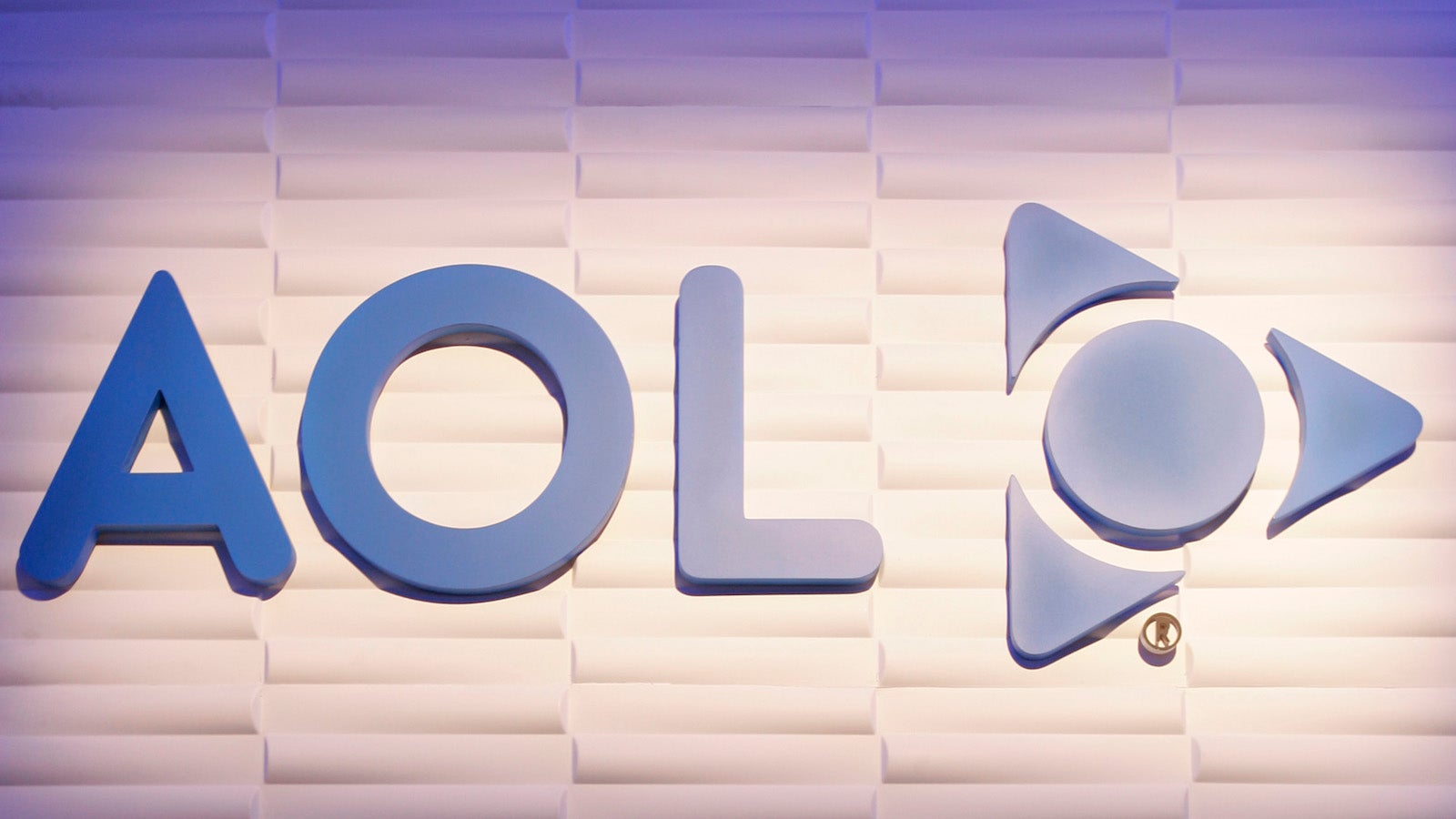How America Online’s attempt to partner with Apple went disastrously awry
As the company that would become America Online got off the ground in the late 1980s, co-founder Steve Case was determined to strike up a partnership with Apple. But as Case explains in this excerpt from his new book The Third Wave, the reality of working with the tech giant turned out to be very different from his expectations.


As the company that would become America Online got off the ground in the late 1980s, co-founder Steve Case was determined to strike up a partnership with Apple. But as Case explains in this excerpt from his new book The Third Wave, the reality of working with the tech giant turned out to be very different from his expectations.
I rented an apartment in San Francisco in 1987 and showed up at Apple’s headquarters every day—for six months. I buttonholed everybody I could within Apple to try to interest them in the nascent online market. I would tailor my pitch, depending on which team I was talking to, trying to come up with the perfect reason for them to partner with us. Ultimately, the group that was most interested was probably the group that had the least power and influence within the company: the customer service group.
My pitch to them was straightforward: If you launch this service and bundle it with your computers, it’ll be a cheaper, better way to provide customer service to Apple customers than staffing large call centers to handle phone calls. “Oh, and by the way,” I would add, “in addition to the customer service benefit, we can provide a suite of other services that will make it compelling for consumers and help differentiate Apple.”
The pitch resonated well with them. The people I was dealing with saw it as a way to be strategic, to strengthen their position within the company. On the one hand, they knew that their involvement was predicated on the partnership’s being about customer support. But they also saw that there was a broader opportunity—and that if online services took off, this was something that could transform their customer service department from being a drain to a profit center. A career-accelerating move, to be sure. So we seemed equally motivated to make the partnership work.
Had Steve Jobs been at Apple at the time, I suspect the deal would never have happened. Steve never would have licensed theApple name or allowed such a critical decision to be made by lower-level executives. But Steve had been fired by Apple a couple of years earlier, so we had an opening. Six months after I’d moved to San Francisco, we finally inked a deal to build theservice. It would be called AppleLink Personal Edition.
I moved back to DC, where the team greeted me like a conquering hero. Securing a partnership with Apple and convincing them to license their brand name to us was a coup. With Apple’s commitment and endorsement, we were able to bring in a $5 million round of funding—the most we had ever raised. We opened a Cupertino office not far from Apple’s headquarters so that our people could work in close collaboration with theirs. And we ramped up hiring to handle the Apple launch, which was going to be our biggest ever.
The honeymoon was short-lived. We spent a year building the AppleLink service, and geared up for an ambitious (and expensive) launch. But from the beginning, our companies clashed. Apple wanted to sell the software and limit distribution to authorized Apple stores. We thought that approach was a terrible idea and ran counter to our whole strategy. We wanted to give the software away for free—in a wide range of retail stores, pre-installed on Apple computers, bundled with magazines and modems, and sent by mail. We wanted to make the initial trial free, too, so that it would be easier to convince people to try theservice. We needed paying customers—but that meant making it as easy as possible for consumers to try us. (It’s ironic that two decades later, Apple’s success would be propelled by free software in their App Store.) We argued bitterly for months, battling over various marketing approaches, without ever finding common ground. It bred frustration and distrust, and a growing skepticism inside Apple.
I was late to the office one morning; there’d been an accident near Dulles Airport, and traffic was backed up for miles. When I arrived, there was a note from my assistant on my desk marked “urgent.” A senior executive at Apple wanted to speak to me, she said, and he didn’t sound happy. On its face, there was nothing that unusual about the message. We’d been arguing with Apple for months, and I’d gotten an earful from plenty of their executives. I didn’t realize they’d be asking for a divorce.
“Listen, Case, bottom line is this,” the executive said sharply, when I finally called him back. “This was a mistake, and we need to cancel the deal. We’re out. It’s over.” I tried to change his mind, to see if there was any alternative, but even as the words came out, I knew it was futile. We were never going to see eye to eye on strategy, and each was convinced the other was wrong.
It was over. Really over. And none of us had any idea what to do.